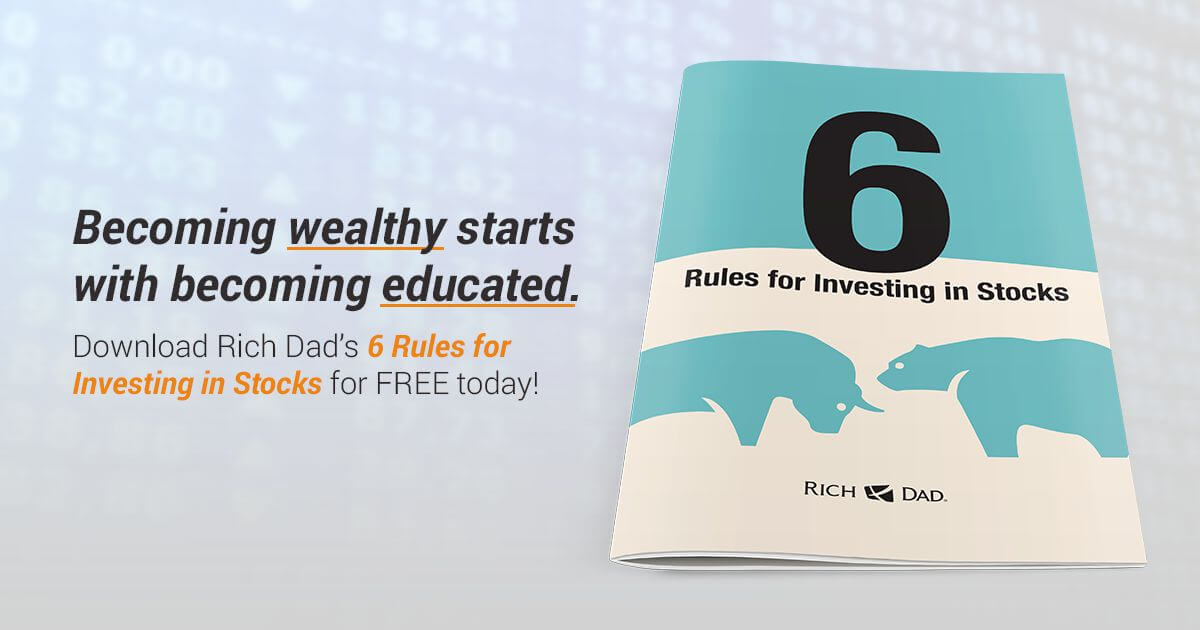Blog | Paper Assets
The CASHFLOW Quadrant and Stock Investing
September 17, 2015
There are many different ways to invest in the stock market. How you invest is often tied to your context and level of education and training. We’ve broken down how stock investing is viewed as it pertains to the people in the four CASHFLOW Quadrants.

Employee (E) Quadrant
The primary investment vehicle for those in the E Quadrant is a 401(k), RRSP, or Superannuation plan. These are all essentially the same type of investment vehicle, just different names for different parts of the world.
Freedom Through Stock Investing
If you’re new to investing in the stock market, take advantage of Andy Tanner’s FREE introductory webinar.

Watch the Free Webinar
They require no thought, time, or energy. The investor has very little control.
Self-Employed (S) Quadrant
The common strategy is to buy low and sell high for capital gains. Stocks can be done without a team. Online brokers automate everything so it is perfect for the control freak.
Business (B) Quadrant
Initial public offering (IPO) is when shares of stock in a big business are sold to stock investors for the first time. Through this process, a private company transforms into a public company.
Investor (I) Quadrant
Option trading is a strategy done to gain exposure of an opportunity or risk while mitigating risks. Options profit from movements in the market that are bullish, bearish, or neutral. In the case of neutral strategies, they can be further classified into those that are bullish on volatility and those that are bearish on volatility. Options require a high level of education to succeed.
Which quadrant are you in? Which one do you want to operate out of?

Original publish date:
September 17, 2015